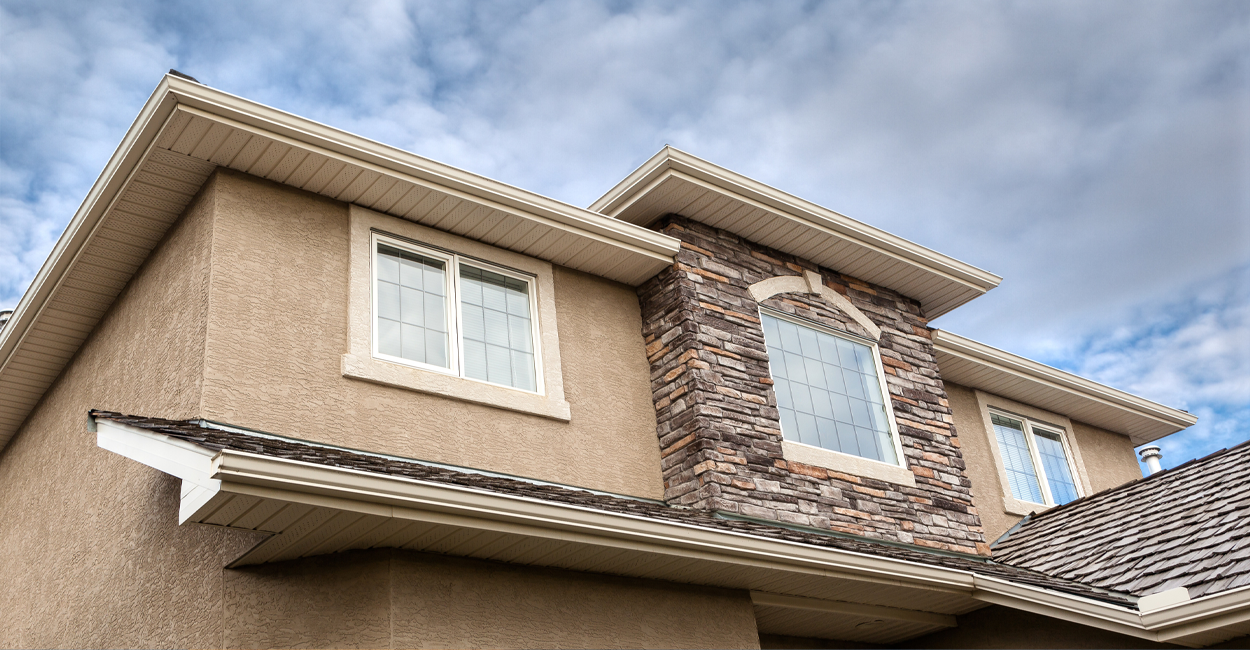Convincing Renters They're Mortgage-Ready
While higher prices have caused some renters to postpone buying their first home, recent data from a Census Bureau survey found that millions of renters may be able to afford a home but are unaware of this fact.
Census data showed that almost eight million families could be considered "income mortgage-ready," meaning the share of their total income spent on a mortgage payment for the typical home in their area would have been 30% or lower, which is considered affordable.
This is why, if you have renter prospects whose lease will end soon, it's an ideal time to reach out to them. One conversation starter could be to refer them to annualcreditreport.com so they can review their credit history free of charge.
Another suggestion: referring them to me for a complimentary mortgage pre-qualification. This is faster and less complex than a loan pre-approval and provides details of a proposed homebuying budget.
If they're not ready for a pre-qualification, I can provide educational materials for subjects like debt to income (DTI) ratios and different mortgage programs.1
New Construction Buyers Are Stuck on Stucco

According to data from the Census Bureau's Survey of Construction (SOC), stucco was the most popular siding material for new single-family homes during 2023, especially for homeowners on the West Coast.
Stucco is popular for several reasons: it's fire and pest resistant, provides an insulating barrier to reduce cooling and heating bills, and helps reduce noise from traffic and neighbors.
Here's a rundown of last year's builder and custom buyer choices for new home siding materials:
- Stucco - 26.8%
- Vinyl siding - 25.6%
- Fiber cement siding - 21.7%
- Brick or brick veneer - 18.5%
- Wood or wood products - 5.1%
- Stone or rock - 1.2%
Will Generation X Become the Silver Squatters Soon?

According to a recent survey of people in their 40s and 50s, many consider themselves unprepared for retirement. Some even stated that they'll need to rely on parents for financial help. Survey owner Prudential Financial nicknamed this future trend "the Rise of the Silver Squatters". (Can we assume that Prudential's staff includes some Fantastic Four fans?)
With just a few years to go until retirement, a large percentage of 55-year-olds have less than $50,000 in retirement savings. Two thirds of them fear outliving their savings, while one in five (21%) also expect to need housing support, although hardly any have discussed this with their family.
There are several reasons why Generation Xers (aged 43 to 59) have reduced savings, including their role as the "sandwich generation", caring for parents and children at the same time. This has made Gen Xers the most likely to buy a multi-generational home, although financial aid from parents may be needed.3
Hotter Weather, Cooler Sales

Sales of existing homes dropped 5.4% in June when compared with May 2024. This added up to 3.89 million units on a seasonally adjusted, annualized basis, according to NAR data. Sales were also 5.4% lower year-over-year. These numbers are for closed sales, so they're based on contracts signed mostly in April and May.
The average time that a home sat on the market was 22 days, which is a four-day increase from June 2023.
These numbers, combined with slower sales earlier in 2024, contributed to inventory growth that rose by 23.4% year-over-year. This is equal to a just over four-month supply of inventory, which isn't the ideal six-month supply, but an improvement from previous years.
Some watchers report that while national sales prices are still high, new listing prices are lower, reflecting agents' knowledge of the current market.4
Create A Mission Statement That Resonates

The researchers' plan is called The Five Whys. Here's how to define yours.
1. Create a statement that defines what you do.
2. Next, ask yourself "why is this important?"
If you're feeling stuck, imagine you manage a hair salon. You could begin with "We provide hairstyling services" and define its importance as "Because people feel better about themselves when they're looking their best."
3. Add four more answers to the "why is this important?" question (this is why this plan's called The Five Whys). For example, the importance of a great haircut could be defined further as "Because self-confidence helps people feel their best and achieve their goals."
As an agent, you could think of the different ways you've solved problems for your clients, and how this made them feel. Revisiting your positive reviews can be helpful.
4. Next, review and consolidate your answers to create your mission statement. The hair salon manager could end up with something like "We empower our clients with self-confidence and happiness."
Keep in mind that you're not trying to pitch new listings within your mission statement. Instead, you want to tell people how you can help them feel better about themselves.
By digging deeper into your goals and accomplishments, you'll be able to attract prospects based on what they want, not what you want them to buy.5
Sources: 1cnbc.com, 2eyeonhousing.org, 3nar.realtor, 4cnbc.com, 5socialmediatoday.com



Recent Comments